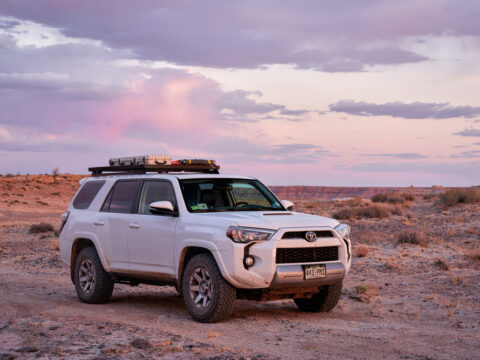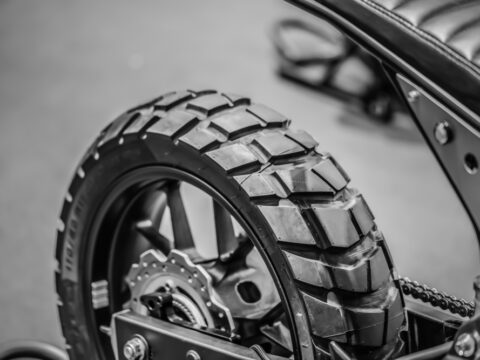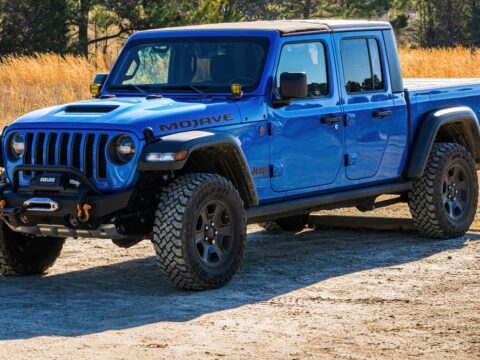The roar of the engine, the thrill of acceleration, and the allure of raw power — muscle cars are the epitome of automotive adrenaline. Yet, with great power comes great responsibility. This article delves into the world of these high-powered beasts, shedding light on the models that, statistically, have shown a higher propensity for mishaps. From iconic classics to modern-day titans, we explore what makes these cars both a dream for enthusiasts and a cautionary tale for the unwary.
Contents
Chevrolet Camaro

The Camaro, with its powerful engine options, can easily get into the hands of enthusiastic drivers. There have been reports suggesting a higher accident rate for Camaros. Its powerful acceleration might lead to losing control, especially in inexperienced hands.
Ford Mustang
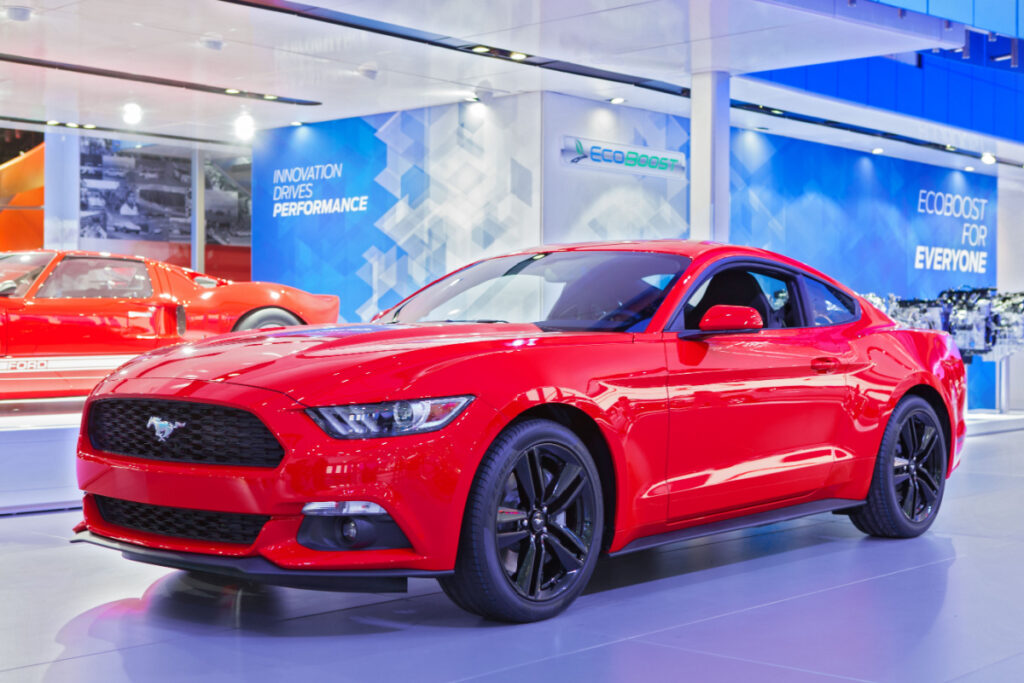
A classic among muscle cars, the Mustang’s reputation has sometimes been sullied by videos of accidents, especially during car meet exits. The rear-wheel-drive configuration and high torque can make it challenging to control during aggressive accelerations.
Dodge Challenger
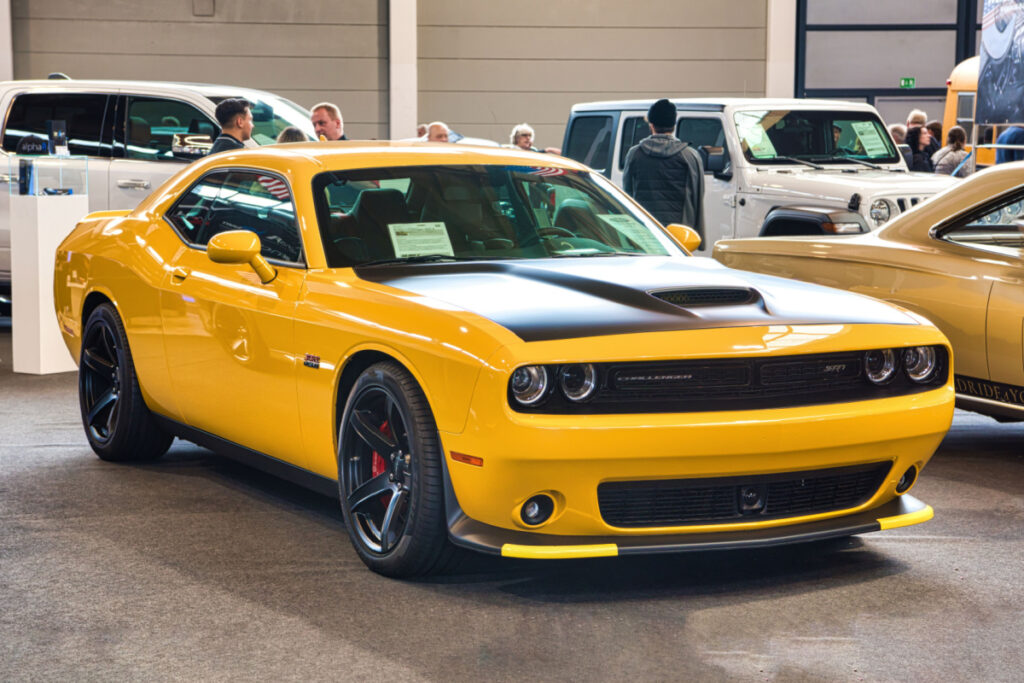
With versions like the Hellcat boasting over 700 horsepower, the Challenger’s raw power can be hard to handle. The car’s size and power mean drivers need experience to manage it, especially in tricky conditions.
Chevrolet Corvette
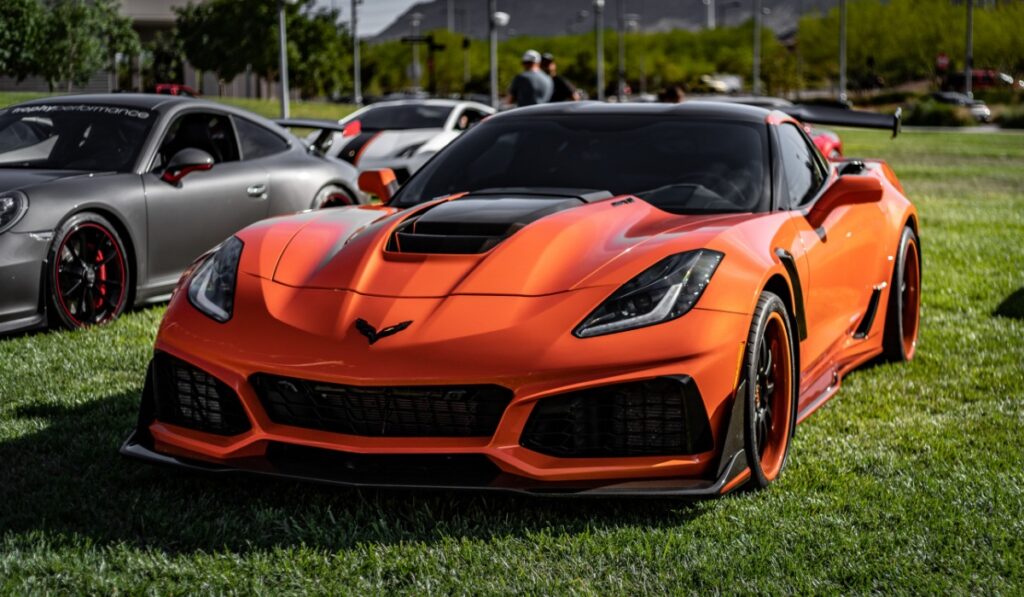
While more of a sports car, the Corvette’s powerful V8 and rear-wheel drive can be tricky to navigate, especially at high speeds. Its low stance and high power can sometimes lead to oversteering.
Pontiac GTO
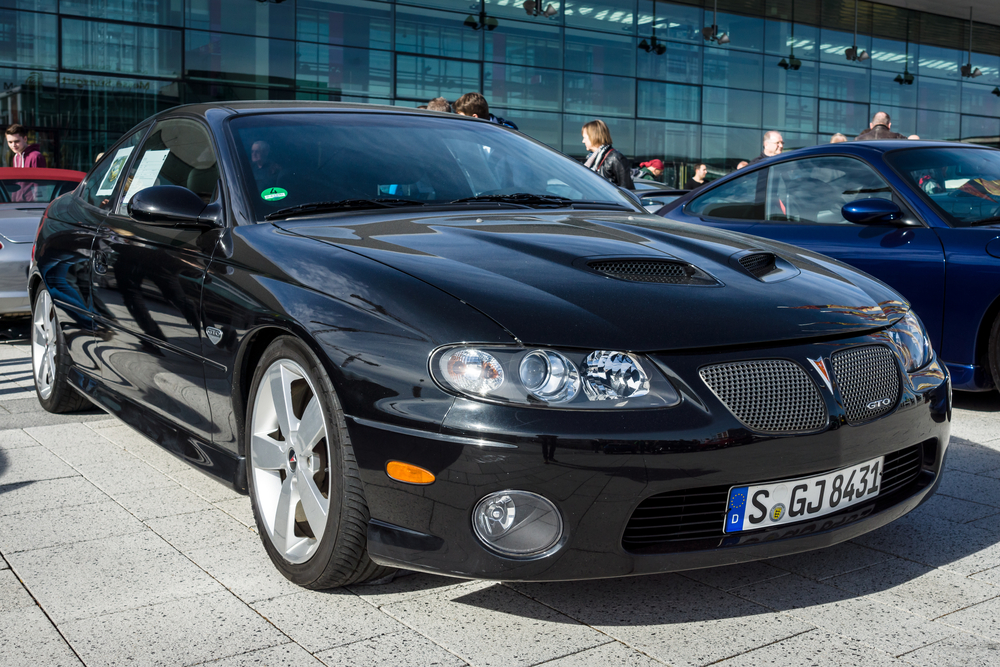
The revival of this classic in the 2000s came with powerful V8 engines. Its responsive throttle can sometimes be a double-edged sword, leading to unintended accelerations.
Dodge Charger
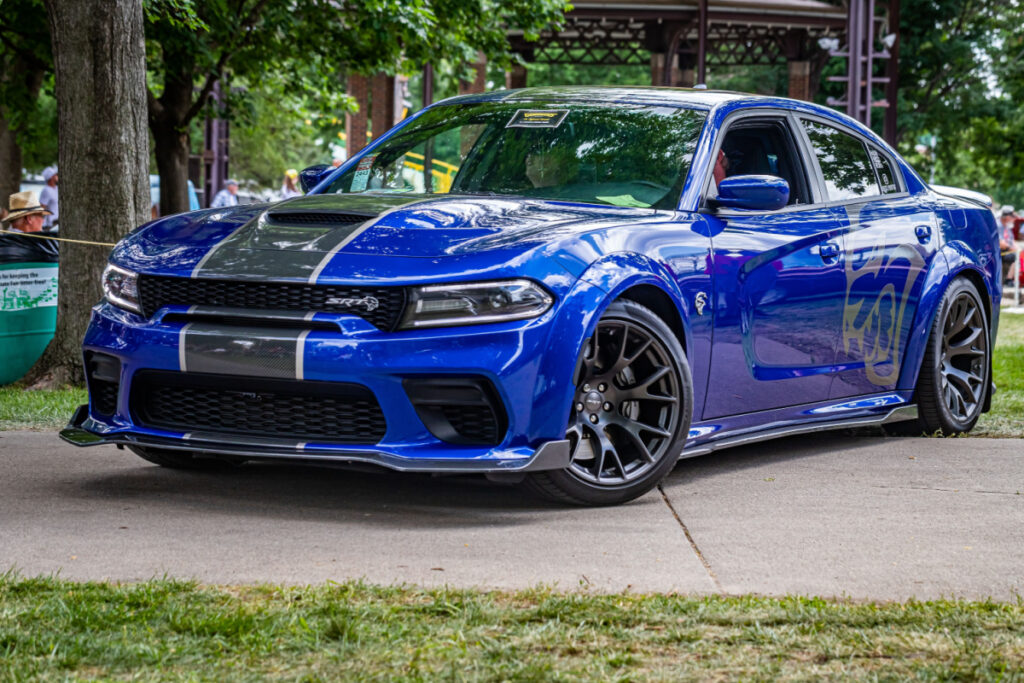
Similar to its sibling, the Challenger, the Charger’s hefty engine options can pose a challenge. Particularly in its more powerful trims, it can be prone to accidents if not driven with caution.
Ford Shelby GT500
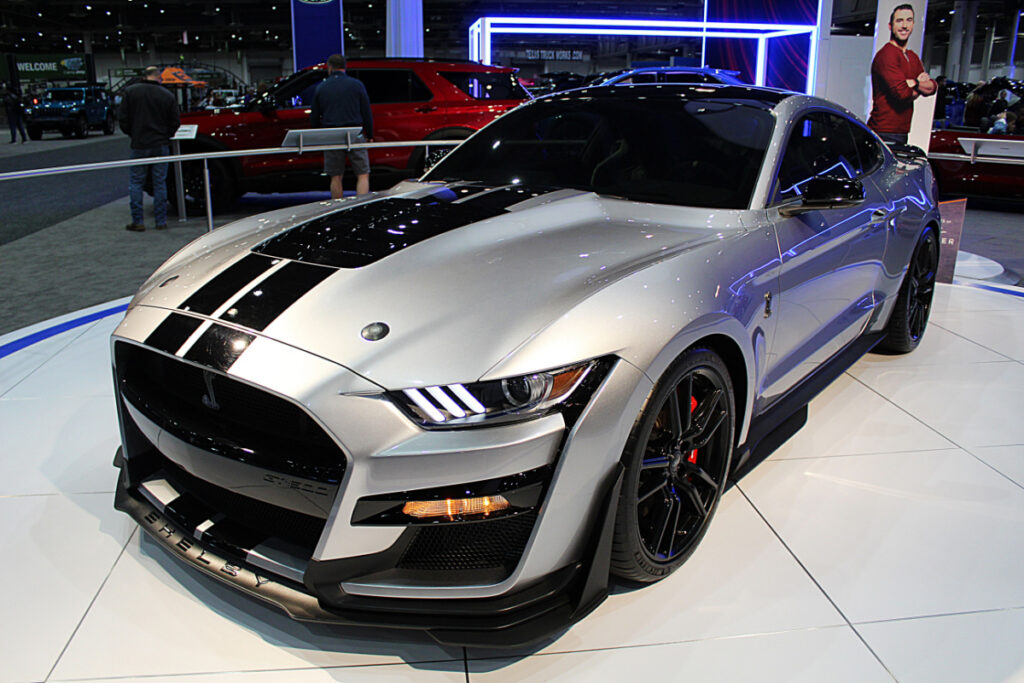
As a high-performance version of the Mustang, the Shelby GT500 packs even more power. With upwards of 760 horsepower in recent models, it demands respect and experience on the road.
Chevrolet SS
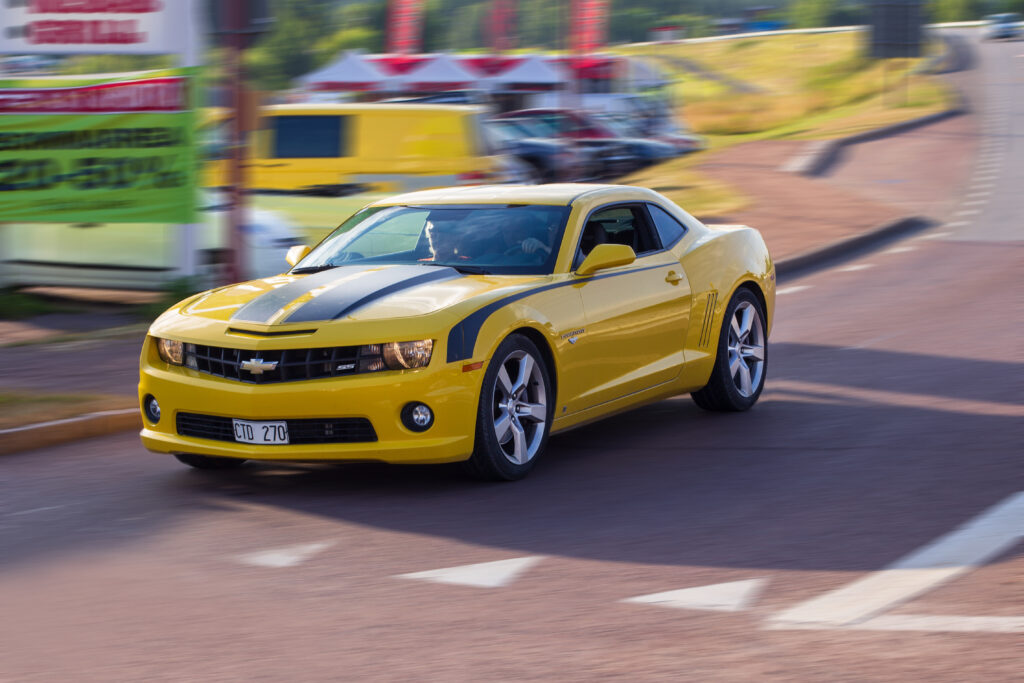
A sleeper sedan with muscle car performance, its V8 engine outputting around 415 horsepower can surprise many. Its unassuming look might lead drivers to underestimate the power under the hood.
Dodge Viper
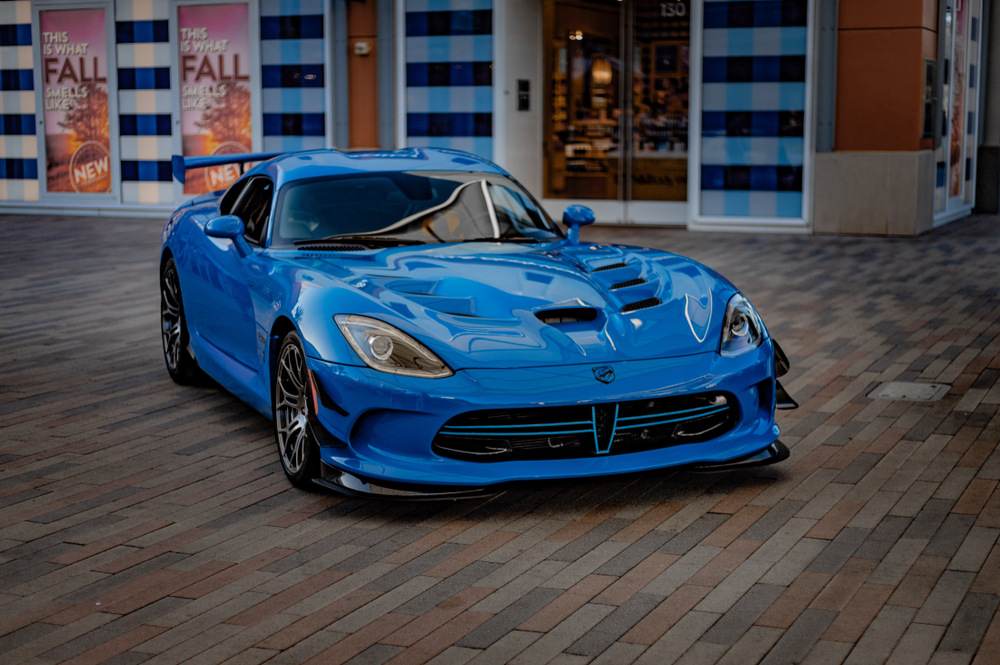
With a massive V10 engine and rear-wheel drive, the Viper is not for the faint-hearted. Its aggressive power delivery and raw driving experience mean it’s more prone to accidents if mishandled.
Cadillac CTS-V
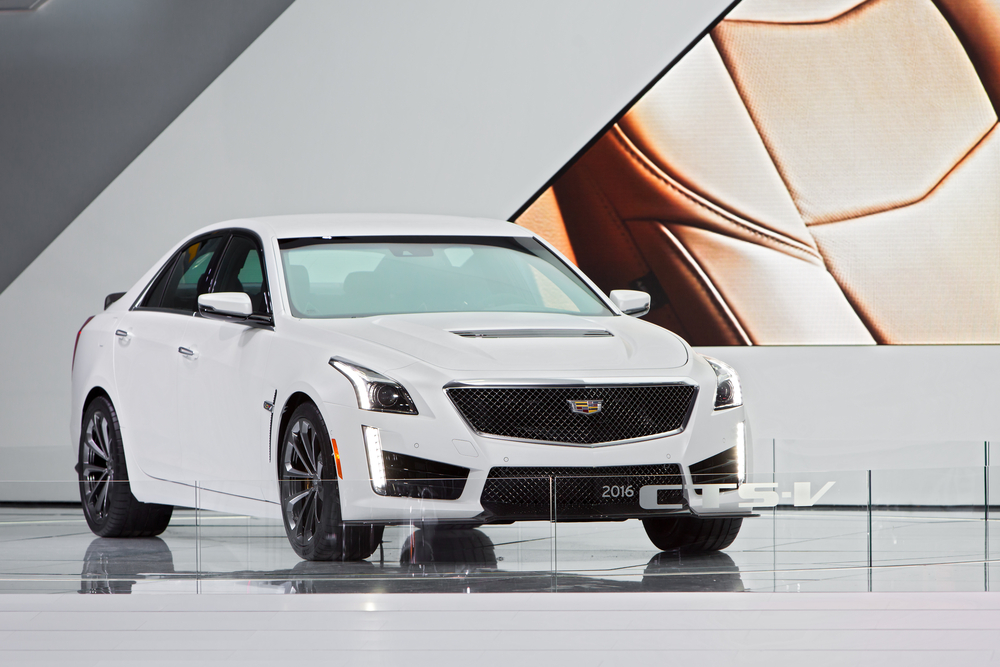
Marrying luxury with muscle, the CTS-V’s supercharged V8 pushes out over 600 horsepower. While it has advanced traction systems, its power can still lead to challenging driving situations.
This article originally appeared on MyCarMakesNoise.
More from MyCarMakesNoise
20 Classic V8 Cars That Are True Icons

The deep roar of a V8 engine has long thrilled car enthusiasts, symbolizing an era of speed and power. This article explores the history of this iconic engine and celebrates the legendary cars that have made a lasting impact on automotive history. Read More.
15 Luxury Cars That No One Wants Anymore

In the fast-paced world of luxury automobiles, the shine of certain high-end cars can diminish as quickly as it appears. Factors like outdated features, designs that haven’t stood the test of time, and high maintenance costs can turn yesterday’s coveted models into today’s forgotten vehicles. Read More.
15 Iconic Cars That Are Actually Terrible to Drive

Iconic cars capture our imaginations with their unique designs and compelling backstories but looks can be deceiving. While they may dazzle on the showroom floor, some of these celebrated models fall short behind the wheel. Read More.


